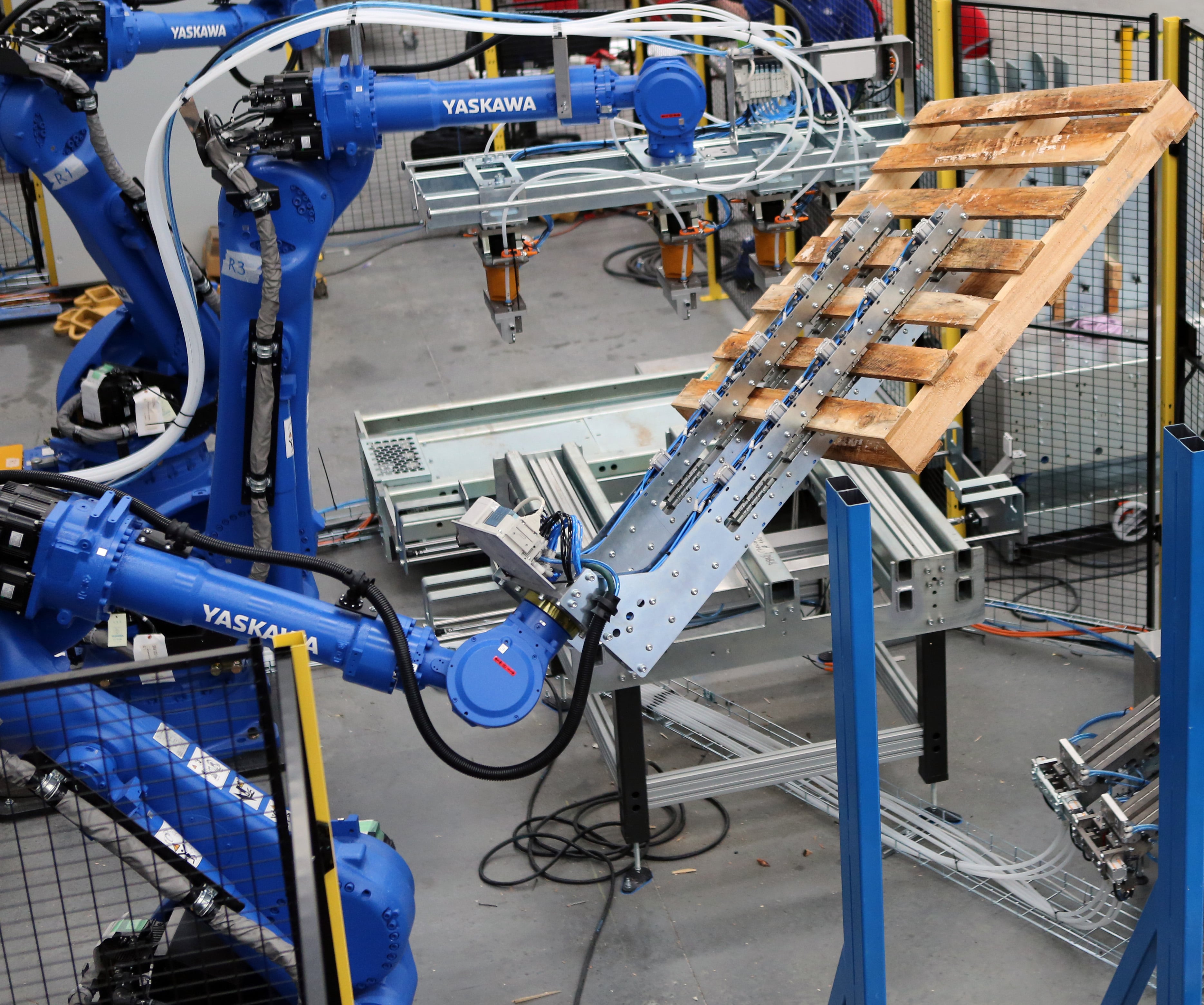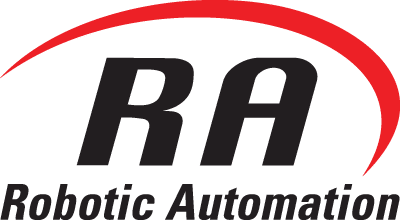Timely automation takes TIME
March 3, 2021
There is an interesting theme developing currently within the Automation Systems Integrator (ASI) market; clients new and old are asking for delivery of automation systems in unrealistic time frames.
So why now?
The average time frame from first contact to production is somewhere between three to twelve months depending on the solution required. However, most client expectations are not in line with these timeframes.
These unrealistic delivery schedules have mostly been driven by the pressure of significant unwelcome changes imposed on businesses such as production volumes, product diversities, labor shortages, quality control, staff safety considerations and supply chain issues. The emergence of the Covid-19 pandemic has created a sense of urgency where these pressures simply cannot be ignored. After many years’, clients have decided now is the time to act and want a solution delivered in an unrealistic time frame.
To gain a greater understanding of the timeframe variations when delivering an automation system, we first need to outline the steps undertaken:
- Firstly, evaluation of the client’s needs including the wish list and any future proofing. This has been hampered by Covid-19, but we have found online virtual mediums can achieve a surprisingly good result.
- Provide a basic budget proposal to enable an ROI to be worked up internally with the client.
- Client selects their preferred supplier and enters closer negotiations and discussions regarding the project details. Many versions are usually worked through to get the right solution for the client.
- Final proposal issued reviewed and digested by the client, last minute changes and amendments.
- Negotiations regarding T&C’s especially if the client is a multinational, as the people involved are often overseas.
- Awarding of the contract by client, issuing of a purchase order, invoicing, receipt of deposit, etc.
- Now the project starts in earnest and a project manager is appointed.
- The Functional Specification (FS) is immediately embarked on – this is essential as a last chance to catch anything that may have been overlooked thus far.
- Ordering long lead time equipment, especially anything required from overseas.
- Design, manufacture, assembly, testing, delivery to site, FAT, installation and final testing, production ready trials, training, full production, documentation, and handover.
“The road to the right automation solution requires a considered and consultative approach.”
Based on the above steps, it is important for clients to understand that it can take three to five months to deliver a simple in stock solution, and up to nine to twelve months to deliver a larger, purpose-built solution. Variables such as the complexity of the solution, the size of the company, staff turnover, and the client’s response rate can impact the delivery – not to mention the additional unique challenges created out of the Covid-19 pandemic.
In conclusion, it will be interesting to see which companies adopt automotive strategies in response to Covid-19. However, as part of this decision-making process businesses will need to keep in mind that the road towards the right automation requires a considered and consultative approach which will achieve the best solution for their business now and in the long term.

